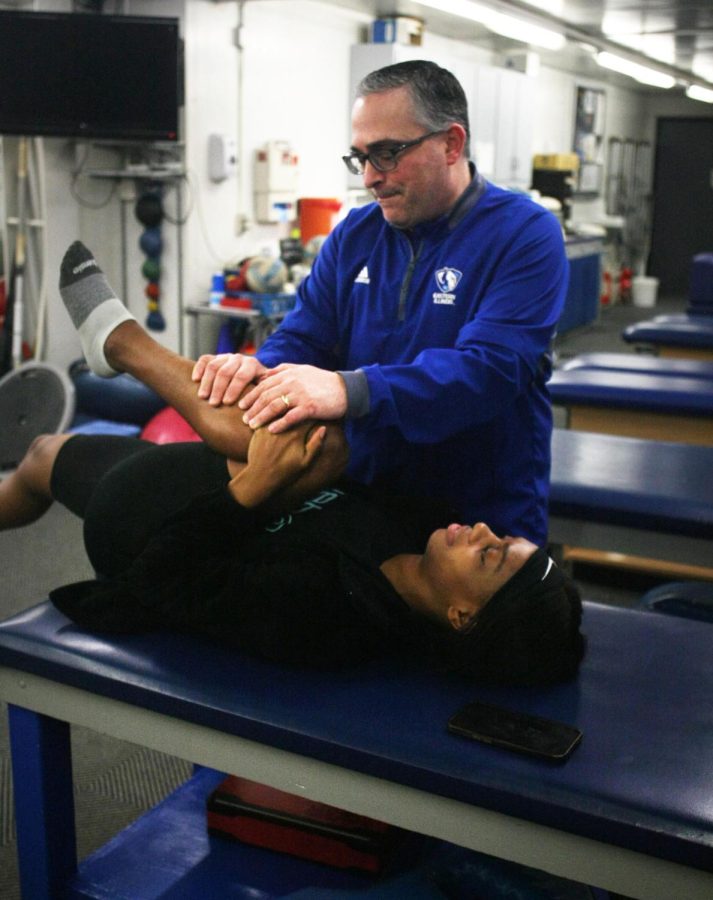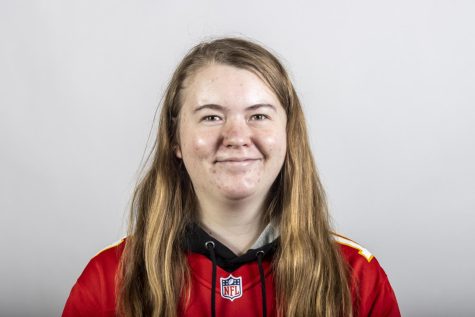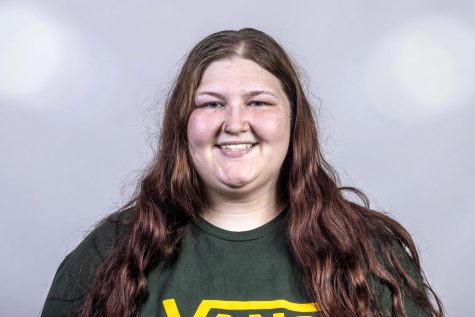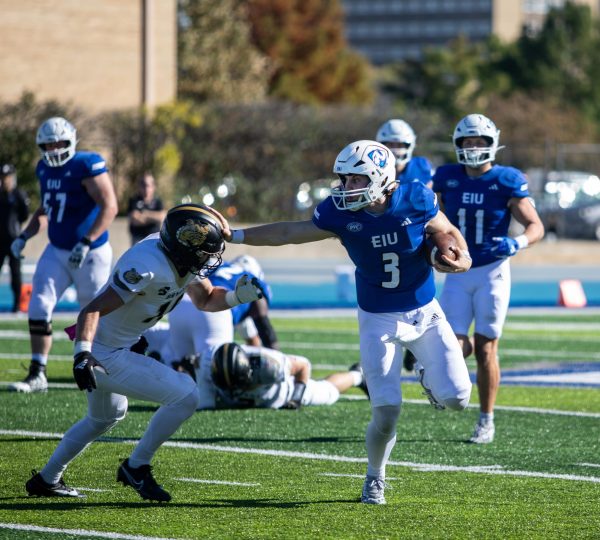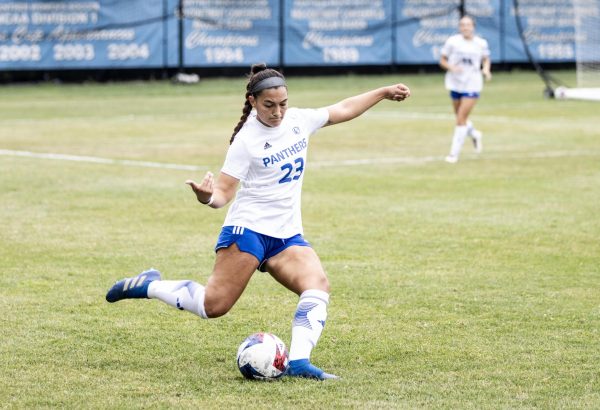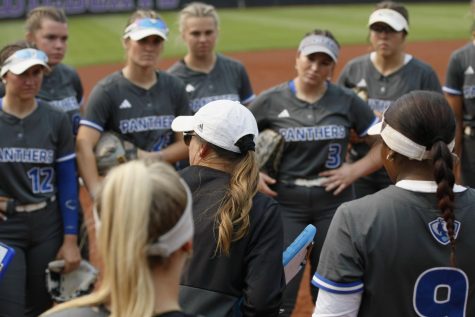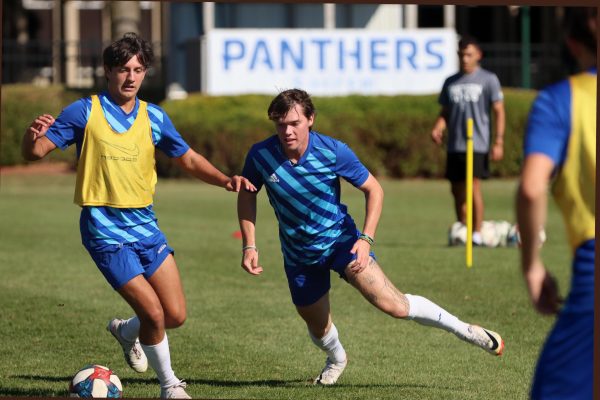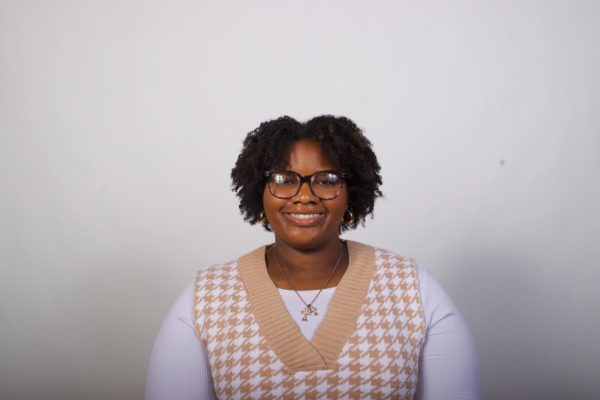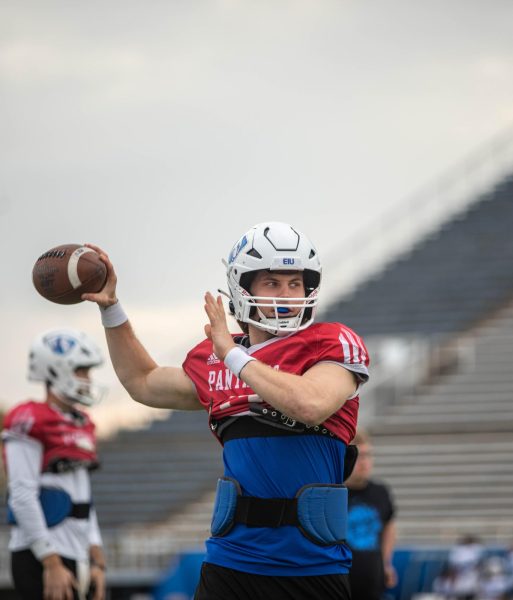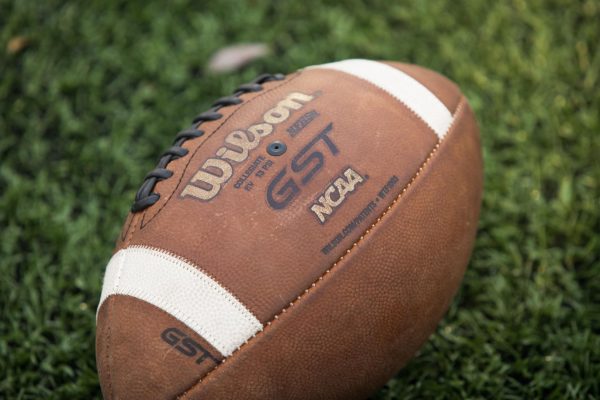Nave says athletic training technology is up to par
Head Athletic Trainer James Nave helps Eastern track sprints runner Taylor Wright, figure out why her quads are sore. Naves adds pressure to her knee to try to find out where the soreness is coming from on Thursday afternoon in the athletics training room.
February 22, 2023
The athletic training staff here at Eastern successfully help the athletes by utilizing the technology that is available to them.
Jim Nave is the head athletic trainer for Eastern, and he is also the director of sports medicine for athletics.
Nave said that his duties are split between making sure that the athletic training staff is following the policies set by the medical side of the NCAA and being the supervisor of his three full-time staff members and three graduate assistants.
Nave is also responsible for making sure that athletics is following the health policies enacted by the Ohio Valley Conference.
Some of the policies enacted by both the NCAA and the university that Nave had to keep up with were the COIVD-19 protocols when it came to athletes. The type of testing impacted if an athlete could travel and participate in their sport.
“When we first came back, we had to test the basketball team three times a week,” Nave said. “We would have to be within certain times depending on what kind of testing we did have, again, if we did a PCR within 72 hours.”
Nave said that there have not been any new policies or protocols that they have had to keep up with because everything is updated quite often.
Another large part of making sure Eastern athletics is staying up to protocol is improving emergency action plans for different sports.
Nave said that the NCAA was prompted to request emergency action plans from colleges after a Maryland football player passed away during summer workouts in 2018.
“We need to look at and make sure we have everything we need for sudden death, Rhabdo for sickle cell and how we prevent those and what our emergency plan is for those things,” Nave said.
Associate athletic trainer Scott Goehner takes care of the Eastern football team and he and Nave work together each summer to prepare for critical injuries during summer workouts.
“In the summer we rehearse if we have to spine board or we will ask a football player to help us out or one of us will put on a helmet and shoulder pads,” Nave said.
Of course, there are rare circumstances surrounding injuries, one happened not too long ago on Monday Night Football.
When asked if the Eastern athletic staff is equipped to handle a similar situation as what happened to Buffalo Bills safety Damar Hamlin, Nave responded with full confidence in himself and his staff.
“I think we’re equipped, and I think one of the other things is that is this is an NCAA thing too, that we stay on top of,” Nave said. “One thing we’re very good about is that not just our sports medicine staff, our strengthen and conditioning staff is CPR certified and all of our coaches here,” Nave said.
The American Heart Association requires that CPR certification is updated every two years, Nave said.
Nave specializes in the cross country and track and field teams while his other staff members handle the other 19 collegiate sports offered on campus.
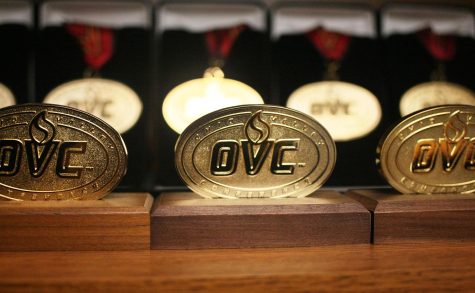
Nave said that one common thing that brings athletes to the training room is shin splints, especially with the track and field athletes.
The athletic training staff has developed a shin splint program that they see utilized the most during indoor track season because of the hard surface.
Nave said that coaches buy into the maintenance work of their athletes because of the chances of winning. “If I have a healthy team, I have a chance of doing the little things better,” Nave said. “It’s not just health and safety, the athletic student athlete experience that all ties in but we have a big picture too. Healthy teams win or have a better chance of winning.”
One way that the training staff stays organized is through a scheduling system where athletes can log in and schedule their respective appointments every 15 minutes throughout the day with the appropriate staff member.
“It’s kind of nice, it helps us be efficient and it also helps us keep track of hey, here’s who we saw today,” Nave said.
Nave was hired by Eastern athletics in 2015 and before that, Nave worked as an athletic trainer for Sarah Bush Lincoln Health Care.
He was also the head athletic trainer at Rose-Hulman Institute of Technology for four years.
Nave said that one of the biggest technological advances in the athletic training world is the tools that they use each day.
The tool that gets used the most is NormaTec boots because they help in injury prevention, which is what one of the main focuses for the athletic training staff here.
According to medicalnewstoday.com, the boots provide air compression therapy for the legs, arms, and hips which aids in recovery following rigorous training sessions and events.
“Some of the teams are buying the boots so that their student athletes can have access even when we don’t have access because that is one of those technologies that you don’t have to have a physician overseeing the administration,” Nave said.
Some of the other tools that the staff utilizes are ultrasound, electrical stimulation, cold laser, rapid release, and oscillation therapy.
Although Nave and his staff have multiple different tools to help the athletes, there is always room for improvement and upgrades.
One of the pieces of technology that Nave wishes for him and his staff to have is an AlterG treadmill.
“It’s almost like you slide down into a pair of shorts and it suspends you so you can do the running,” Nave said. “You can do conditioning, you can do that motion, but you’re only carrying a little bit of your weight.”
Another piece of technology that would be useful is underwater treadmills that allow athletes to swim or run in place and only carry 20 percent of their body weight.
Nave said that the staff tries to replace and phase out old modalities and get something new.
“Our bikes are only a couple years old, so we always make sure that we try to stay cutting edge on our technology,” Nave said.
Autumn Schulz can be reached at 581-2812 or [email protected]






































